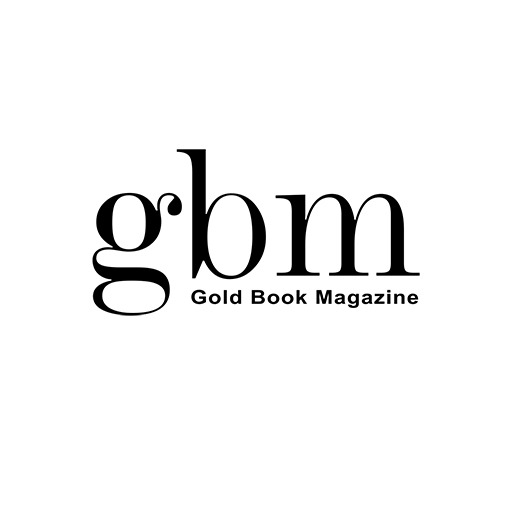
Chaumet’s New Nature Exhıbıtıon ın Parı s – Accents Centuries of Art Wıth Delıcate Botanical Jewels
From 16 June to 4 September 2022, Chaumet invites you to discover Botanical – Observing Beauty with the help of the Beaux Arts de Paris. Crossing visions, eras and media, this original exhibition invites us to look at nature through the universal lens of art and beauty.
As the creator of the project, Chaumet drew on its vast heritage, one of the most important in the history of jewellery in Europe, to make its botanical vision resonate with all the art forms that have focused on plants.
More than 70 institutions, including the Victoria & Albert, the British Museum, and the Hamburger Kunsthalle, lent works from their collections for the occasion. It’s a roster of heavy hitters: Eugène Delacroix, Henri Fantin-Latour, Gustave Caillebotte, Claude Monet, Gustave Courbet, Emile Gallé, Odilon Redon, and Otto Dix. Photographers include Brassaï, Dora Maar, and Robert Mapplethorpe. Chaumet restored over 30 works for “Végétal,” including the famed “pearl necklace” table that was offered to Louis XIV by Cardinal Barberini, described by the house as a “spectacular testimony to the golden age of Florentine furniture in pietra dura marquetry.”





The exhibition’s curator, botanist Marc Jeanson, has imagined Botanical as a herbarium, made up of the various species found in Chaumet creations.
Around 400 artworks are an invitation to the public to discover 5,000 years of art and science through a dialogue between paintings, sculptures, textiles, photographs and furniture, together with some 80 jewellery objects from Chaumet and other maisons.
As for the jewels themselves: the wheatsheaf diamond tiara created around 1811 for Empress Joséphine is one highlight, exhibited alongside a little black couture jacket by Yves Saint Laurent embroidered with ears of golden wheat. Another, and one of Jeanson’s favourites, is Empress Eugenie’s clover brooch, dated 1853, which appears next to a beautiful Jean-Jacques Rousseau herbarium specimen that the Swiss philosopher made for his friend Madeleine Delessert, which has never been seen in public before.










